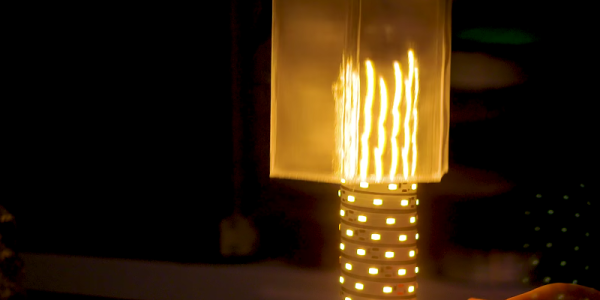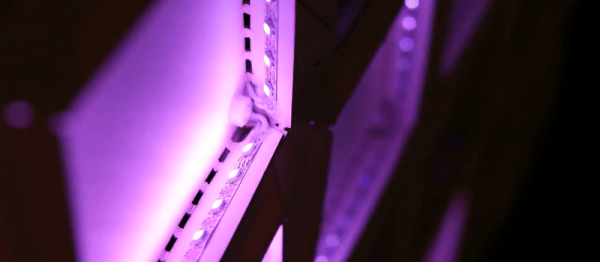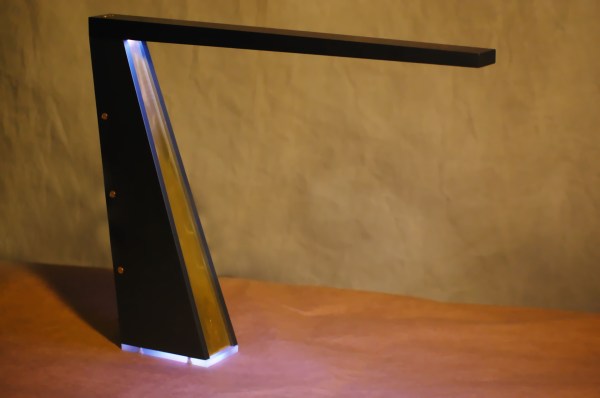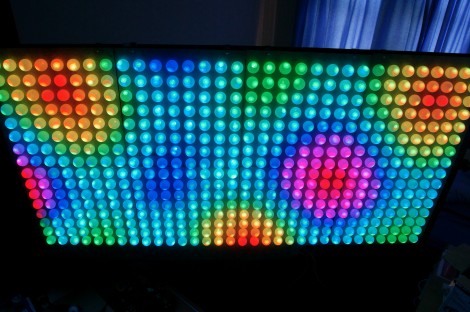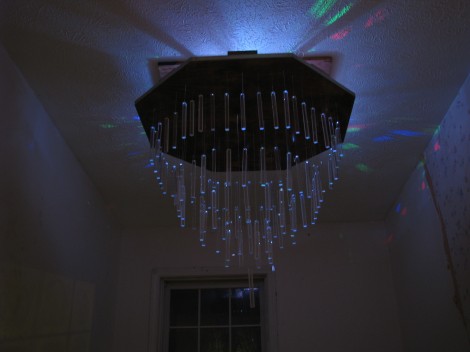Transparent plastic is nothing new. However, 3D prints are usually opaque or–at best–translucent. [Thomas Sanladerer] wanted to print something really transparent. He noticed that Colorfabb had an article about printing transparent pieces with their HT filament. [Thomas] wanted to try doing the same thing with standard (and cheaper) PETG, which is chemically similar to the HT. Did he succeed? Watch the video below and find out.
You can get lots of clear plastic filament, but the process of printing layers makes the transparency turn cloudy, apparently mostly due to the small gaps between the layers. The idea with the HT filament is to overextrude at a high enough temperature that the layers can fuse together.
[Thomas] wanted to create some clear parts and diffusers for lamps. The diffusers print using vase mode and the lamps he creates when them look great even without clear diffusers.
His first experiments involved layer height and extrusion rates. He tried to determine what was making things better and worse and modifying his technique based on that. There were also some post-processing steps he tried.
If you want to see what the Colorfabb HT parts made by someone other than Colorfabb look like, check out the second video below from [3D Printing Professor]. The prints he is making don’t look very clear until he does some post processing. Even after the post processing, it isn’t going to fool anyone into thinking it is glass-clear. However, the parts that Colorfabb shows on their blog post about the material do look amazing. Between the overextrusion used to prevent gaps and the post processing steps, [3D Printing Professor] warns that it won’t be easy to get parts with precise dimensions using this technique.
If you have a big budget, you could try printing with actual glass. There seem to be several ways to do that.

